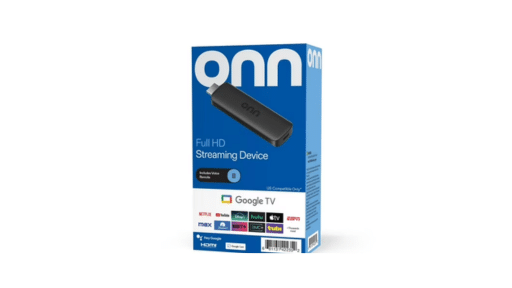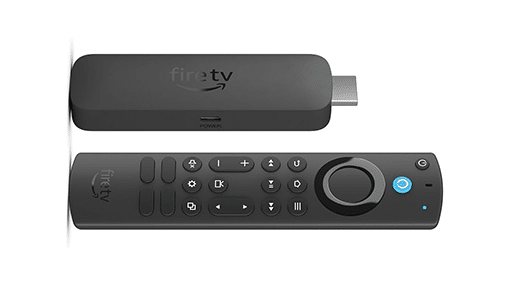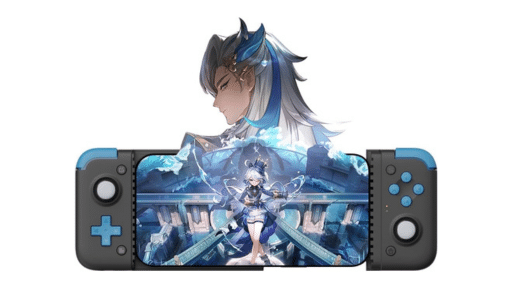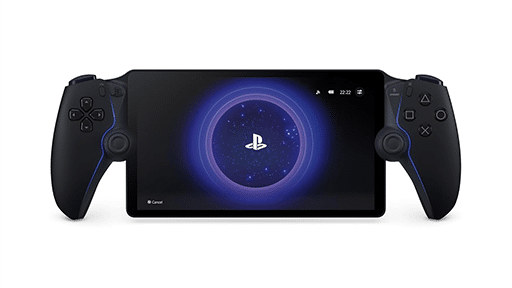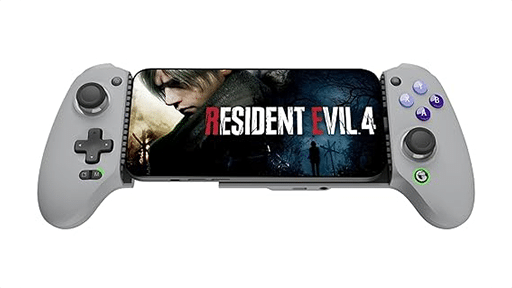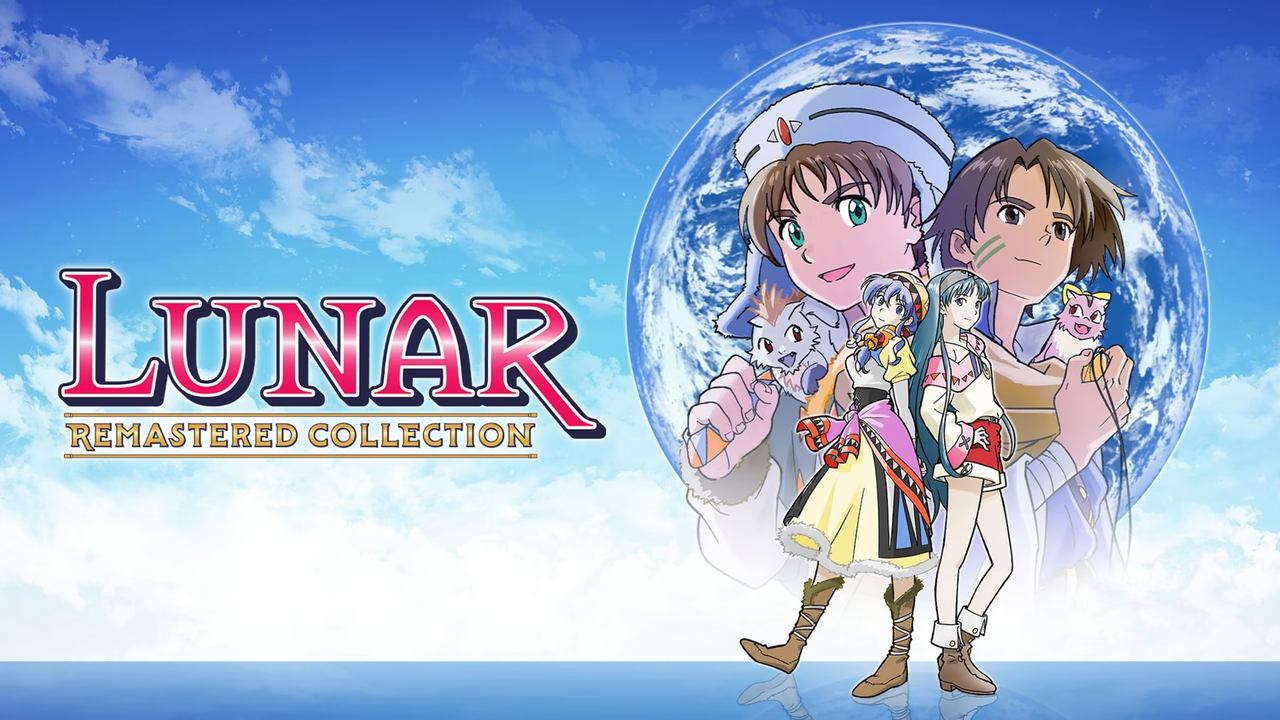
If you’re looking for a Lunar Remastered Collection review from someone who grew up with the series, you’re in the right place. You might remember the anime cutscenes, emotional arcs, and collector’s boxes with cloth maps and soundtracks. I played Silver Star over the Christmas break of ’93 on Sega CD and was completely pulled in. Two years later, while everyone else was checking out the new PlayStation that just launched, I spent all my free time playing Eternal Blue on Sega CD. I don’t regret a second of it.
Now, with Lunar Remastered Collection, both games return with updated visuals, voice options in English and Japanese, and small but welcome improvements. The remaster follows the PlayStation versions, not the Sega CD originals, but keeps most of the same story beats and systems. You won’t find bonus content, developer notes, or anything extra—just two faithful RPGs reworked for modern screens.
This isn’t a reimagining or rework. It’s a restoration. That means slower pacing, limited exploration, and some design quirks from another era. But it also means you get two emotional, character-driven stories that still stand out decades later. Whether you’re revisiting a favourite or starting fresh, Lunar Remastered Collection lets you experience two RPGs that helped define the genre’s heart.
Simple Plots, Lasting Impact
Lunar Remastered Collection delivers two standalone adventures that feel connected through tone, themes, and structure. In Silver Star, you follow Alex, a quiet dreamer from the village of Burg who wants to become a Dragonmaster. His childhood friend Luna joins him at first, but the story quickly shifts into something bigger, darker, and more emotional. It’s a classic tale of good versus evil, but the sincerity of the characters gives it weight.
Eternal Blue takes place 1,000 years later. You control Hiro, a young explorer who meets Lucia, a mysterious woman from the Blue Star. What starts as a mission to warn the world’s goddess turns into a deeper story about trust, sacrifice, and rebuilding faith. While both games follow familiar JRPG patterns, Eternal Blue feels more mature. The stakes feel higher, and the cast comes across with more personality.
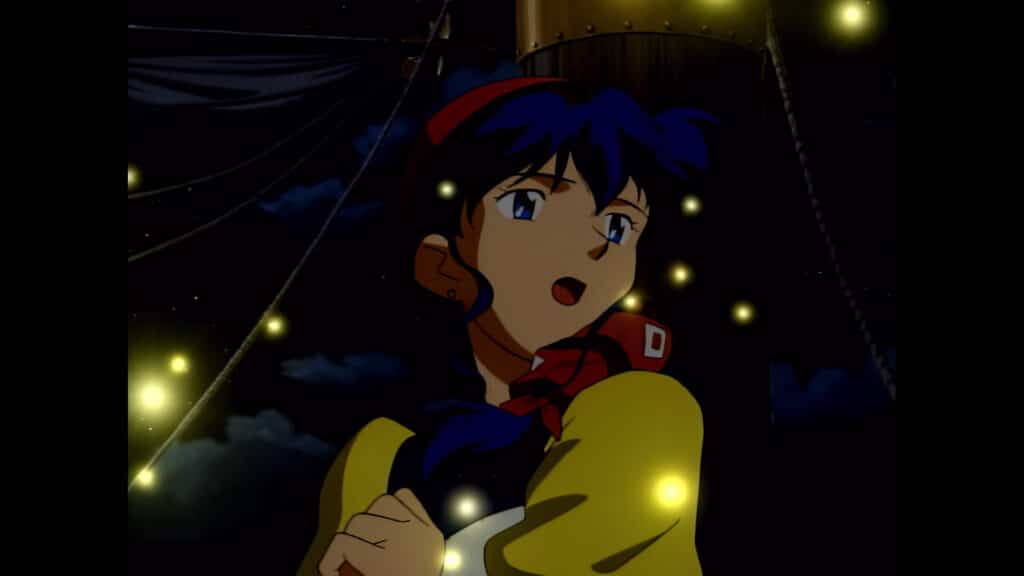
One moment that always stayed with me all these years was when Lucia breaks down near the end of Eternal Blue. That kind of honesty wasn’t common in RPGs back then. It wasn’t just about saving the world—it was about what it costs to open yourself up to others. That moment landed just as hard during this replay.
The remastered version includes updated voice acting, with a new English dub and the original Japanese audio. Most of the casting works well, though purists may miss the original voices. The new script tones down the 90s pop culture jokes from the Working Designs era but still keeps the humour sharp. Both games walk the line between heartfelt sincerity and over-the-top anime comedy, and the localization makes that tone feel consistent.
You probably won’t be surprised by how the story unfolds, but the characters make it easy to stay invested. It’s the people you meet that leave the biggest impression.
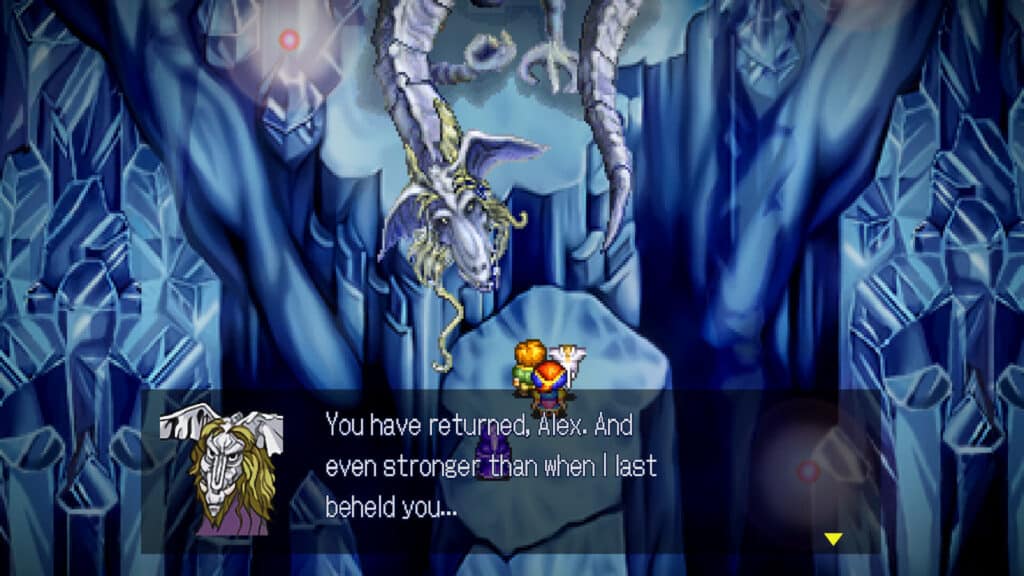
Turn-Based Battles That Still Hold Up
Lunar Remastered Collection keeps the turn-based combat and progression from the original PlayStation versions. Each dungeon has visible enemies instead of random encounters, and overworld exploration is straightforward. The structure is simple: move between towns, tackle dungeons, and advance the story. There’s no skill tree, job system, or stat allocation—characters level up and learn abilities automatically.
Combat relies on positioning. Party members move around the field during fights, and some attacks hit only in certain ranges. You can issue commands manually or use the auto-battle system. The remaster lets you customize the AI’s behaviour, giving more control over how each character acts when set to auto.
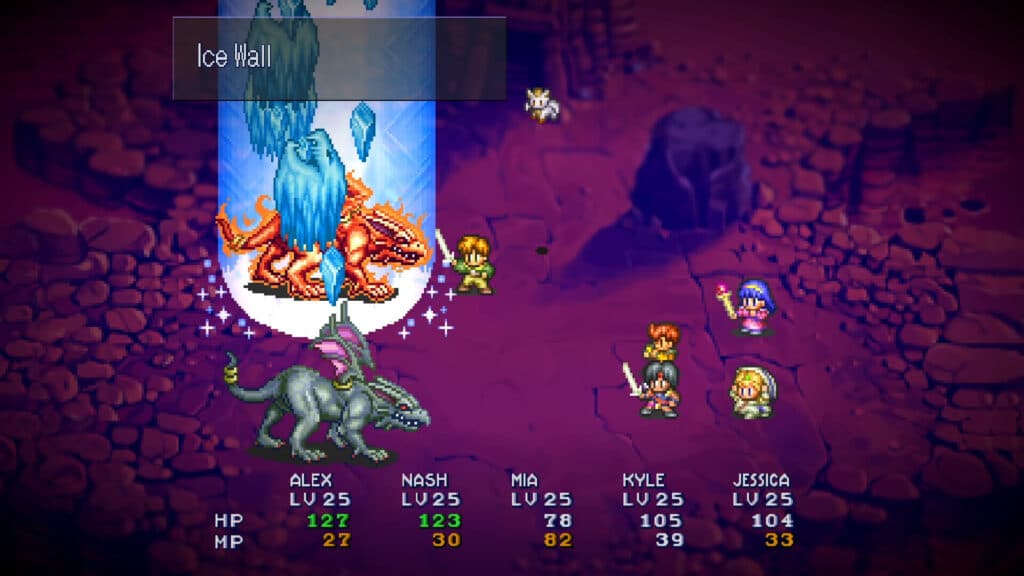
I used auto-battle for regular fights during my replay of Silver Star and Eternal Blue. It worked well most of the time, speeding up encounters without breaking the flow. But there were moments—especially when status effects were involved—where I had to step in. Watching Lemina waste MP on weak enemies or Ronfar forget to heal at the wrong time was a reminder that auto still needs supervision.
The battle speed toggle is one of the best additions. You can cycle between three speeds during fights, and it helps reduce repetition without skipping important animations or audio. Combined with the shared inventory option, which replaces the original’s limited item slots per character, the remaster feels easier to manage without removing the original challenge.
These aren’t fast-paced games, and they don’t try to be. The difficulty spikes occasionally, but with smart use of healing and positioning, most battles stay manageable. There’s still some grind, especially near the end of Silver Star, but the pacing holds up better than expected.
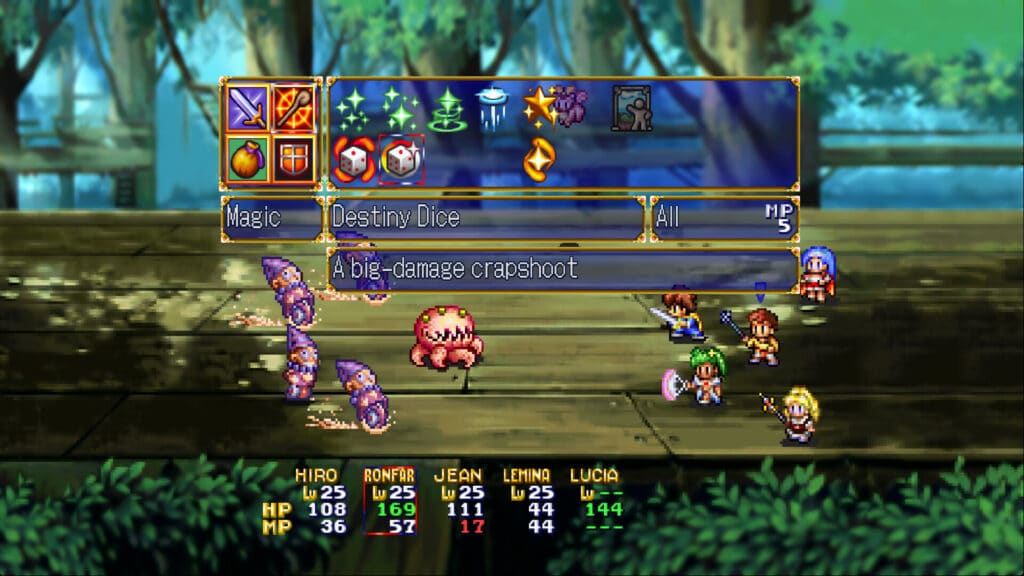
Old Look, New Shine
Lunar Remastered Collection updates the original PlayStation versions for modern screens while keeping their look and feel intact. The widescreen support works well without stretching or warping the visuals. Sprites and backgrounds have been cleaned up, but the core art style remains unchanged. It still looks like a late-90s RPG, only cleaner.
The first time I watched the opening cutscene in Remastered mode, I was surprised by how much better it looked. The PlayStation version was already a big leap over the Sega CD’s limited animation, but seeing the scenes cleaned up and stretched to fit modern screens made the moments land even harder. It’s not a complete overhaul, but it’s enough to make the sequences stand out again.
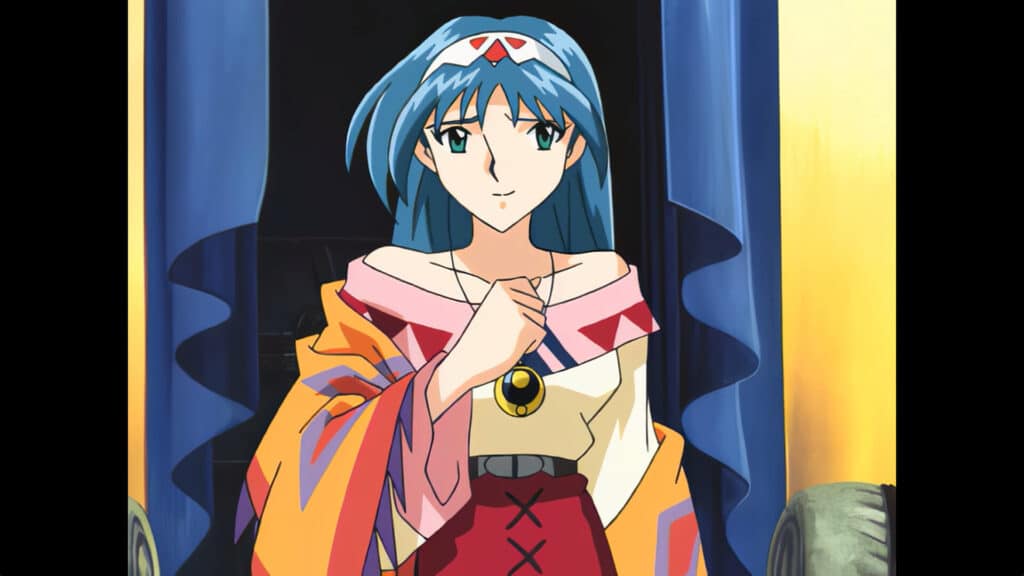
Flipping to Classic mode brought back a different kind of feeling. The menus, fonts, and character portraits all hit in a way that’s hard to describe. I used the Classic mode just to poke around and ended up sitting through an entire dungeon because it felt so familiar.
Voice acting has been fully redone with a new English dub and the option to switch to Japanese. I’ve always had a soft spot for the original cast, even with their uneven delivery, so hearing the new voices took time to adjust to. That said, most of the new performances work well. Ghaleon’s new voice fits the role nicely. The only downside is the repetitive battle dialogue. Hearing the same lines over and over, especially during longer fights, wore thin fast.
The soundtrack is mostly unchanged, which is a plus. The battle themes still stand out, but tracks resetting after every encounter breaks the flow a bit. It’s not a dealbreaker, but it’s noticeable.
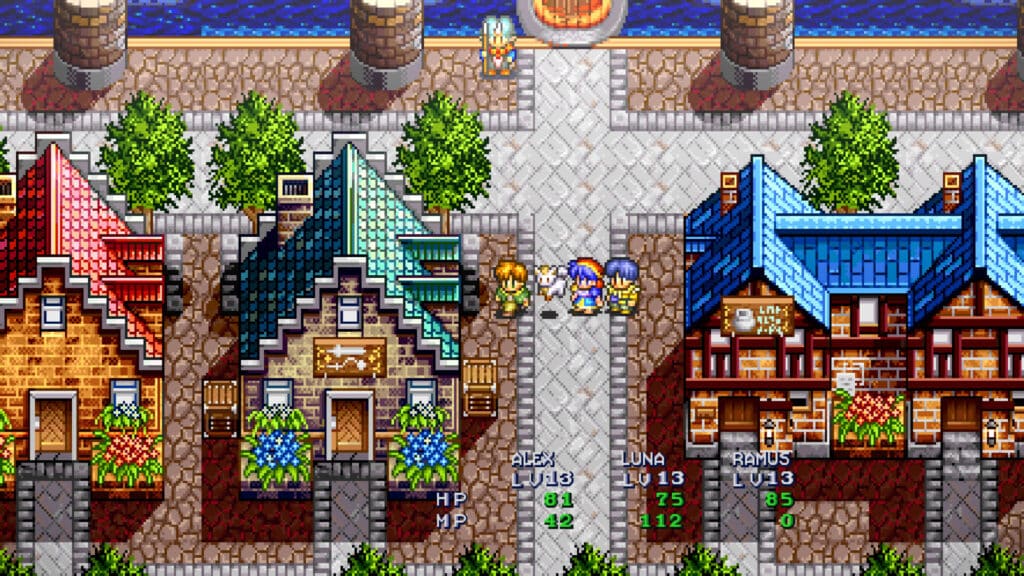
A Return Worth Waiting For
Playing Lunar Remastered Collection on a modern console hit me harder than I expected. These were the games that shaped how I saw storytelling in RPGs, first on Sega CD, then again on PlayStation. Seeing them cleaned up and running smoothly on a big screen in 2025 felt surreal. I never thought we’d get another official release, let alone one that preserved so much of what made these games stand out.
Compared to other remasters, this one doesn’t chase flashy upgrades or new content. It doesn’t include bonus features, galleries, or re-orchestrated soundtracks. What it does offer is clarity, polish, and small quality-of-life improvements that make the experience easier to return to. It doesn’t compete with modern RPGs in scope or systems, but it doesn’t try to. It keeps the focus on character, charm, and sincerity.
Playing both games again reminded me why I cared so much about this series in the first place. The pacing is slower, and the mechanics are simple, but the characters still work. The themes still land. Even after all this time, there’s a warmth to Lunar that most modern games don’t aim for.
This isn’t a remaster that will win over everyone. It’s aimed squarely at those who already loved these games or always meant to try them. But if you fall into either camp, Lunar Remastered Collection delivers exactly what you’d hope for—a chance to revisit two classic RPGs without losing what made them special.
Lunar Remastered Collection

Summary
Lunar Remastered Collection brings two classic RPGs to modern platforms with updated visuals, quality-of-life tweaks, and dual voice tracks. The combat remains simple but satisfying, with helpful tools like battle speed toggles and shared inventory. While some dated gameplay mechanics linger, the emotional storytelling and memorable characters still shine. If you’re a longtime fan or curious newcomer, this collection offers a faithful way to experience two classic JRPGs.
As always, remember to follow us on our social media platforms (e.g., Threads, X (Twitter), Bluesky, YouTube, and Facebook) to stay up-to-date with the latest news. This website contains affiliate links. We may receive a commission when you click on these links and make a purchase, at no extra cost to you. We are an independent site, and the opinions expressed here are our own.

